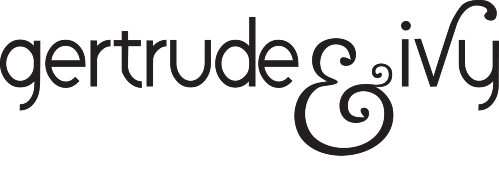Oligopolistic nature of the social media landscape
I’ve been thinking about the social media landscape and what seems to be the homogenisation of the big social networks and the increasingly oligopolistic characteristics of these few suppliers.
An oligopolistic market place is one which is dominated by a small number of sellers. The key characteristic of this type of market, is that when one makes a change – they will all make it – for fear that any differences will lose them market share. Oligopolistic markets can see various forms of collusion which reduces competition and can lead to higher costs for consumers. Although I do not believe the big social networks are consulting each other on their design changes, it is clear that they are responding to each other’s changes. This mindset is particularly clear with Facebook as the most recent update includes a quick-view module in the Admin panel for businesses to track their competitors, comparing activity versus statistics – might that also be how you are informing your own changes Mr. Zuckerberg?
Surely Twitter knows that it owes much of its success to their USP of offering just 140 character posts.
The early adopters who have already made the jump to Google+ were certainly heard commending the new social network for incorporating all the best features from other platforms. In fact, Google+ made an announcement late last week to let us know that it too will be ushering in more changes to its design and functionality; commentators in the social media marketing world have already likened these changes to be more like Facebook.
Twitter already has a cover photo (header) and are presently testing a more Facebook looking layout, Facebook business pages are changing to the one column design (same as Twitter & personal Facebook profiles) and the latest Google+ update will see any links post with larger thumbnails and bold text (a la Facebook). LinkedIn has also seen significant design changes over the last year or so, which has seen upgrades to the functionality – particularly in the Company profile section – becoming more like Facebook pages for brands.
The oligopolistic market comparison can be further applied to the big social networks when considering their customers. Although they act like their customers are the users, in actual fact in my opinion the real customers are the brands. It is the business customers who part with money, thus providing the social networks with the funding with which to continue, so in real terms it is THEY who are the customers. I can imagine the CPT (cost per thousand) for advertising via social networks will become more in line with each other in the coming months and what with the homogenisation of the social networks, any benefits of differences and individuality encouraged by a competitive market will be further reduced. This might be judged as positive for users, as one could conclude these changes deliver more of what they want / are responding to positively, but for the REAL customers (brands) I think the increasing similarities are not a good thing at all.
There has been much discussion around our sector recently about the fragmentation of the social media landscape and the difficulties this presents for brands making the choice of which networks to commit their digital spend. I’ve sure we’ve all seen the bank of social media icons on many websites – the fear of being left out is apparently too much for most marketing teams and I do understand the desire to be present and represented on each of the major networks – its just that there are so many now. I am often called upon to make recommendations to brands on this exact issue – I tell them only commit to as many networks as you can genuinely afford to support and go to where your customers are already spending time i.e. carry out analysis of which networks your best customers are already using and spend your time building relationships and audience there. That said, if the big social networks are all going to be much of a muchness, then perhaps this will result in the audience committing further to just one network, thus making it somewhat easier and more economic for brands to continue adding value to their customers and building their audience via social media.
I believe the conclusion for marketing teams looking to plan ahead is that it will be much easier going forward to decide which networks to operate. In turn, I believe users will also find the choice of which network to use, far more straightforward – if there are not to be as many differences, then we will all simply pick the networks our friends, peers and colleagues are using. By the same token, I think the biggest social network will see much of the activity (from users & brands) which might lead us to think Facebook will continue to have the most activity and users, with is 1.2 billion accounts. That said, we should remember an oligopolistic market place has no clear winners, least of all the customers, the focus is more on being the one who loses least, rather than gains most.”
What do you think about the homogenisation of the big social networks? Do you agree that there are oligopolistic characteristics of the social networking arena? Tweet me @ladyofsocial with your thoughts.
This article was written and first published in August 2014.

